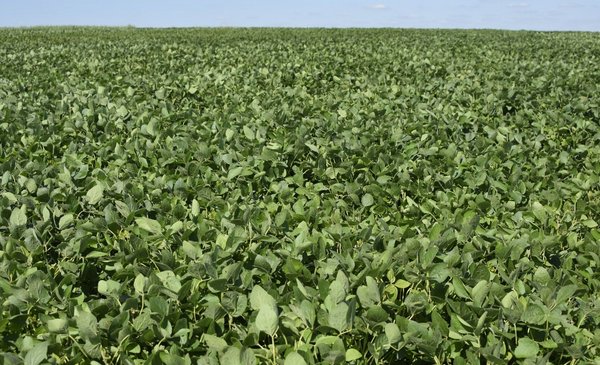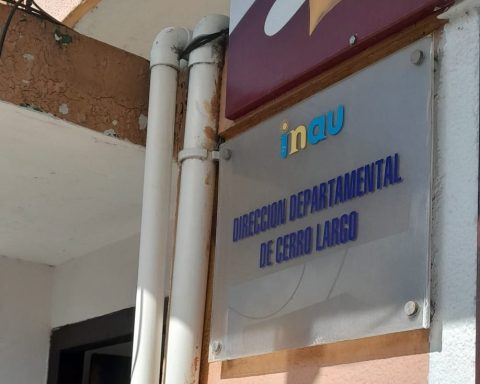The rains that occurred for much of Sunday and at the beginning of this Monday 21 were from great help so that the evolution of soybean cultivation, the most widespread in the national agricultural area, continues to be positive in almost the entire area planted this year, about a million hectares according to official data.
Yes OK several weeks to go until the harvest beginsin the absence of setbacks (such as a lack of rain or excessive precipitation in the short term) there will be a much higher grain harvest than last yearit can even reach 2.5 million tons, setting a very good use of the good current values for soybeans for the benefit of agricultural entrepreneurs, related actors and the national economy.
These recent rains, which add their support to those of mid-January, as explained to The Observer They arrive at a key moment in the productive cycle, in the reproductive stage, with the oilseed in flower and very close to another key stage, which is when the appearance of string beans will occur with the subsequent filling of grains.
All this happens at the same time there is a scenario of high prices for soybeans, a product that Uruguay basically exportsbased on the fact that world stocks have decreased, demand is sustained and that there are production difficulties in many areas of Brazil (the world’s largest producer), but also in Argentina and Paraguay, due to a drought that locally is expressed in the north of the territory, greatly affecting cattle farmingbut not to soybeans since it is not an area in which this crop has a relevant presence.
The Uruguayan soybean area is concentrated on the entire coast from Colonia to Paysandú, from there to the central zone and in parts of the south, with some smaller experiences in other regions of the country.
With deals per ton of soybeans that are made in the axis of US$ 600 (getting closer to the US$ 650 that was a record in 2012), something that did not happen about 10 years ago, the producers are excited about an important harvest that allows them to capitalize on those values for what remains to be soldgiven that, as usual, many have already committed a certain number of kilos to the previous price –not so good, but not bad either–, a management that they usually resort to every year to cover the costs.
Those who have not sold, sold little or have placed no more than 1,500 kilos per hectare will take great advantage of the current firmness of the price.
In the case of producers who lease fields to develop the crop, in a quick calculation, they are needing an average of 1,900 to 2,000 kilos to cover all costs, so if they now obtain at least 2,400 to 2,500 kilos projected (after collaborations of opportune rains in January and now in February) will have a volume to sell for net profit that is interesting.
A recent estimate by the consulting firm Blasina y Asociados indicated that current prices allow a billing of US$ 1,000 per hectare to producers who reach 2,000 kilos. And that volume is easily overcome, if all goes well in the farms.
The first soybean harvest is estimated to begin at the end of Marchwhile the second class, which is more than half of the sown area, has much more to play for, given that threshing usually takes place a month later.
Soybeans will give more grain than a year ago
In the last harvest, 2020/21, soybean cultivation reported an average yield of 1,881 kilos per hectare, with 1,994 kg/ha for first-class soybeans and 1,740 kg/ha for second-class soybeans – and 2,891 kg/ha for second-class soybeans. the one that was irrigated–, based on official data. The occupied area was 907,932 hectares and the harvest reached 1,707,708 tons.
john samuel
The price of grain remains very firm.
Summer planting grew 7%
This year, based on data released by the Directorate of Agricultural Statistics (DIEA) of the Ministry of Livestock, Agriculture and Fisheries (MGAP), the area of summer crops reached 1,154,412 hectares, with a growth of 7% compared to the harvest harvested last year.
Soybean, as indicated, is the crop with the greatest role, as has been the case for almost this entire century, reaching 980,690 hectares with 450,428 hectares of first-class soybeans and 530,262 hectares of second-class soybeans.
145,160 hectares of corn, 21,273 hectares of sorghum and 7,289 hectares of sunflower were also planted.
















